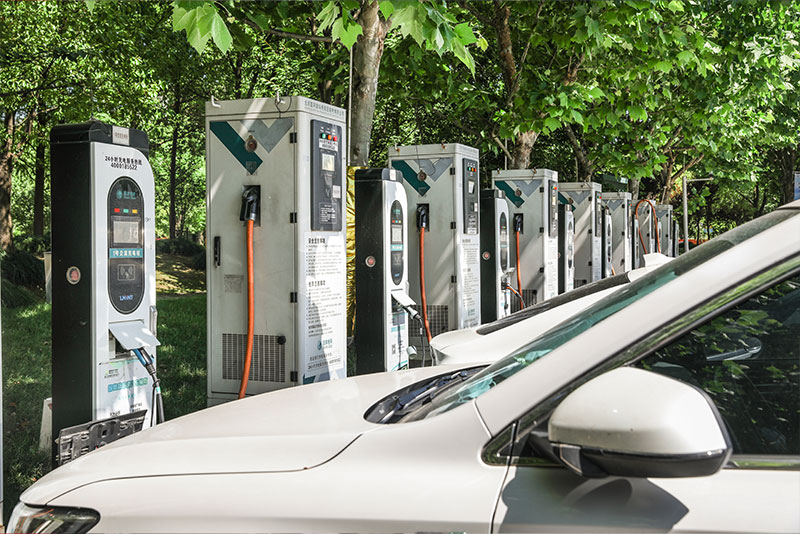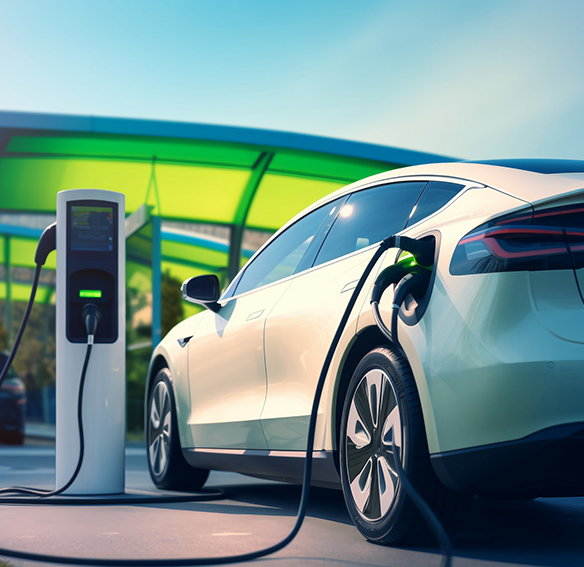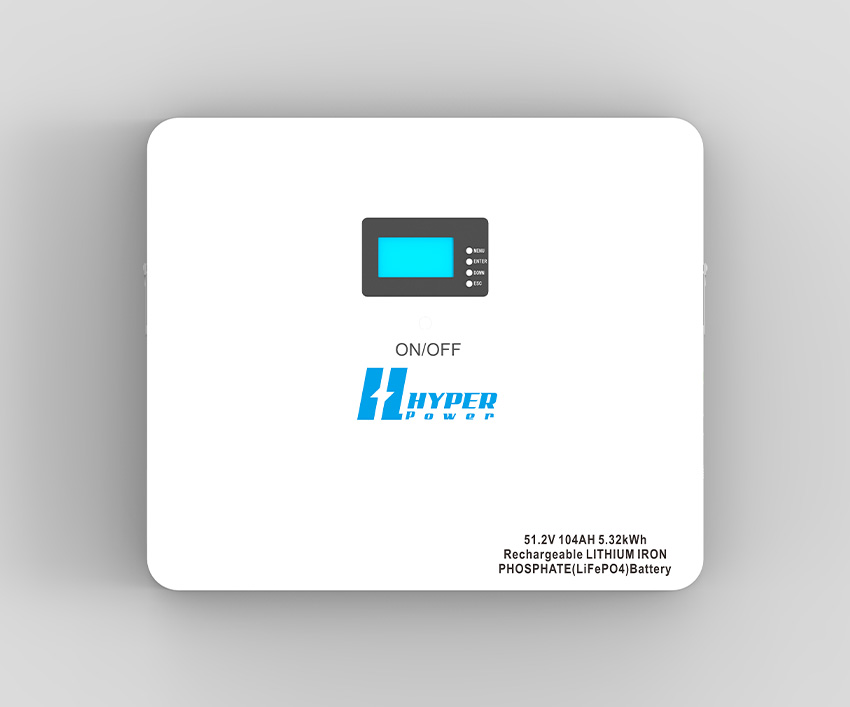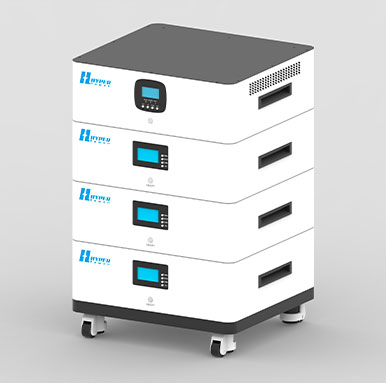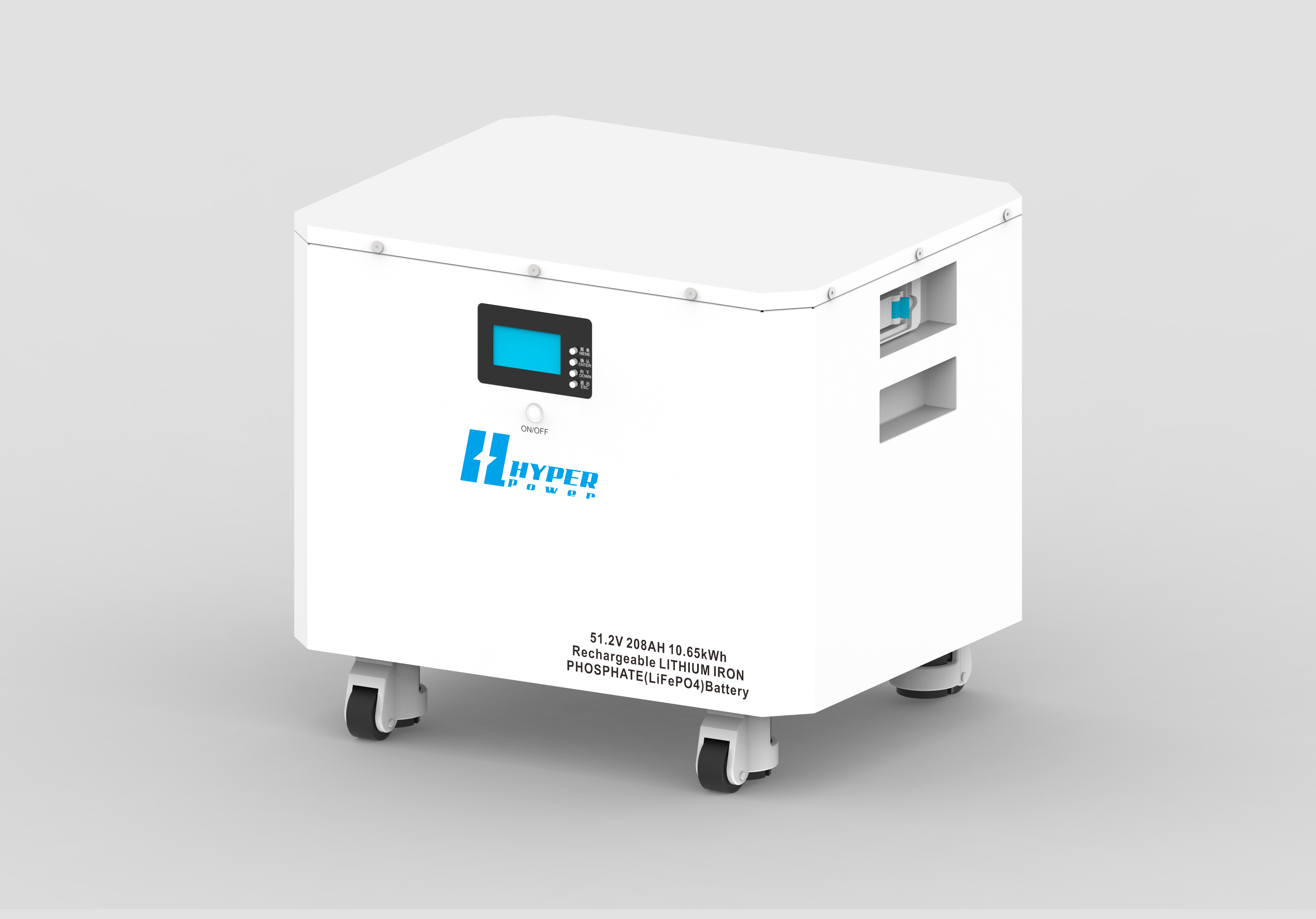Understanding Home Lithium Battery Prices: Factors That Affect Costs
Explore all the key factors that impact home lithium battery prices, helping you make informed decisions and identify the best value for your budget.
Introduction
As homeowners seek smarter energy solutions, the demand for home lithium battery banks has surged. These advanced energy storage systems are vital for enhancing home energy independence, supporting solar power use, and ensuring reliable backup during power outages. However, the home lithium battery price can vary significantly, leaving many homeowners uncertain about what factors influence costs.
Understanding the elements that affect pricing is crucial when investing in a home lithium battery bank. Factors such as battery capacity, chemistry, installation costs, and available incentives can dramatically change the total investment.
In this comprehensive guide, we’ll explore all the key factors that impact home lithium battery prices, helping you make informed decisions and identify the best value for your budget.
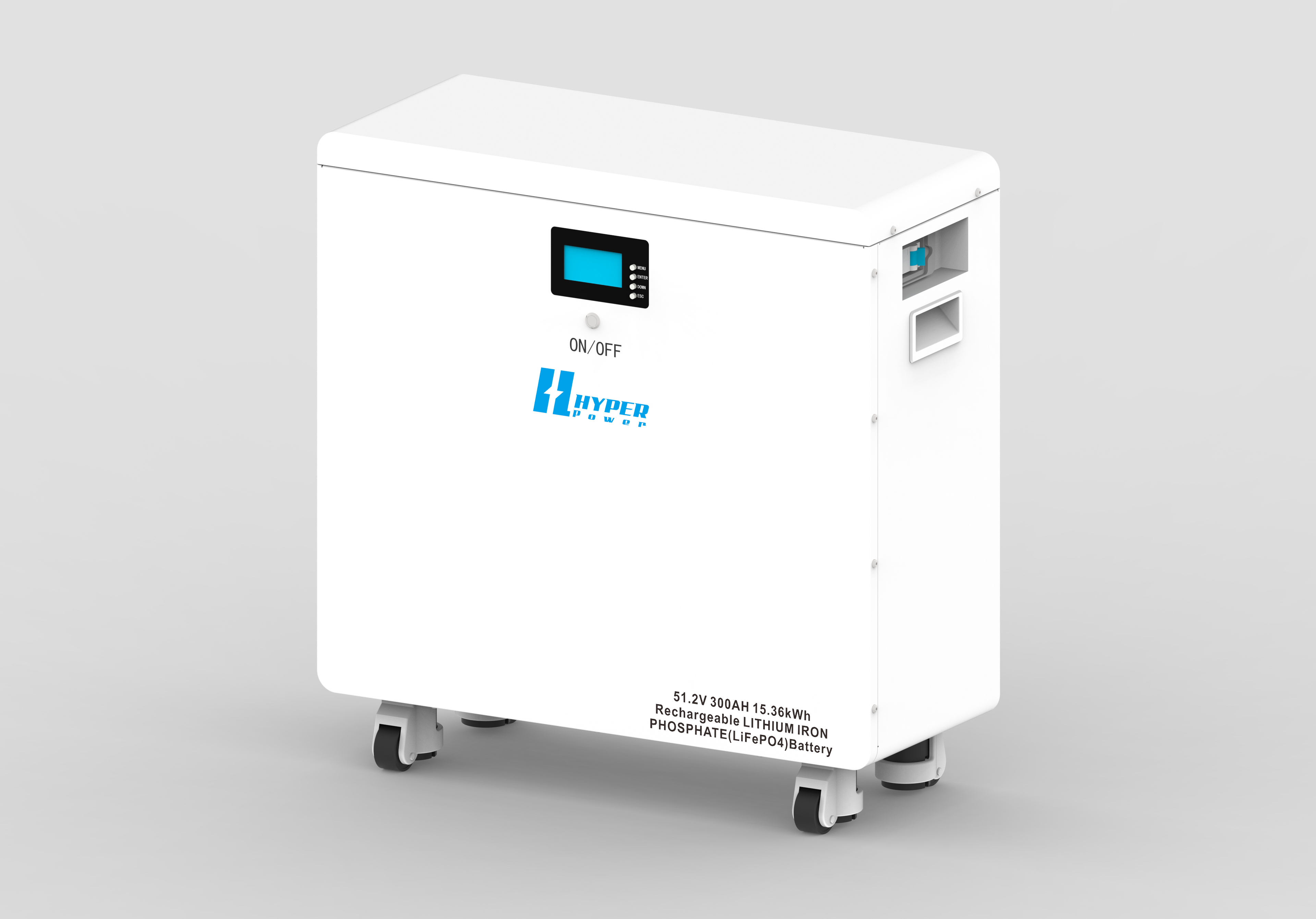
What is a Home Lithium Battery Bank?
A home lithium battery bank is a rechargeable energy storage system designed to store and discharge electrical energy for residential use. These systems play a key role in modernizing home energy management, especially for households using solar panels.
How Does a Home Lithium Battery Bank Work?
- Energy Storage: During periods of low energy demand or when solar panels are generating surplus power, the battery stores excess energy.
- Energy Supply: When household energy demand rises (or during blackouts), the battery discharges stored energy to power appliances and essential devices.
- Energy Management: Some advanced systems intelligently optimize energy flow, prioritizing battery use during peak electricity rates to reduce costs.
Key Features of a Home Lithium Battery Bank
- Capacity (kWh): Determines how much energy the battery can hold.
- Depth of Discharge (DoD): Refers to the percentage of usable energy in the battery before recharging is required.
- Efficiency Rate: Modern lithium batteries typically achieve 90%–95% efficiency, meaning minimal energy is lost during charging and discharging.
- Smart Controls: Many batteries come equipped with mobile apps that allow users to track energy use and monitor system performance remotely.
Benefits of a Home Lithium Battery Bank
- Energy Independence: Reduces reliance on the electrical grid, especially when combined with solar panels.
- Backup Power: Ensures uninterrupted energy supply during blackouts or severe weather.
- Lower Energy Bills: Storing energy during off-peak hours and using it during peak periods can significantly reduce energy costs.
- Eco-Friendly: Helps homeowners make better use of renewable energy resources, lowering their carbon footprint.
Key Factors That Influence Home Lithium Battery Prices
Numerous factors influence the overall home lithium battery price. Understanding these variables can help you evaluate cost-effectiveness and long-term value.
a) Battery Capacity and Size
Capacity is one of the most significant factors affecting the home lithium battery price. Measured in kilowatt-hours (kWh), capacity dictates how much energy the battery can store and deliver.
Capacity Examples:
5 kWh system: Suitable for smaller households or limited backup power needs.
10 kWh – 15 kWh system: Ideal for average-sized homes seeking energy bill reductions and occasional backup power.
20 kWh+ system: Best for homes with high energy consumption or those seeking complete off-grid independence.
Price Impact:
Smaller capacity systems may cost between $4,000 and $6,000.
Medium systems often range between $7,000 and $10,000.
Large systems with extensive storage can exceed $15,000.
b) Battery Chemistry
Lithium batteries vary in chemical composition, directly influencing their performance, safety, and cost.
Common Lithium Battery Chemistries:
Lithium Iron Phosphate (LiFePO4): Known for its stability, longer lifespan, and enhanced thermal resistance. It’s a safer choice for residential systems but often comes at a higher initial cost.
Lithium Nickel Manganese Cobalt Oxide (NMC): Offers higher energy density, making these batteries smaller and lighter. However, they may have a shorter lifespan than LiFePO4 systems.
Price Impact:
LiFePO4 batteries are often 10–20% more expensive but offer superior longevity and improved safety.
NMC batteries may have a lower upfront cost but could require earlier replacement.
c) Brand and Manufacturer
Reputable brands typically offer higher quality products, improved warranties, and enhanced customer support, contributing to higher costs.
Popular Home Lithium Battery Brands and Prices:
Tesla Powerwall 2 (13.5 kWh): ~$10,000 (includes installation)
LG Chem RESU 10H (9.8 kWh): ~$7,000
Sonnen ecoLinx 20 (20 kWh): ~$20,000
Price Impact:
Established brands may carry higher upfront costs but generally offer better reliability, warranty coverage, and compatibility with solar systems.
d) Depth of Discharge (DoD) and Efficiency
Depth of discharge determines how much of a battery’s capacity can be safely used before recharging. A higher DoD rating allows greater energy use without compromising battery lifespan.
DoD Examples:
80% DoD Battery: Can safely use 80% of its capacity before recharging.
95% DoD Battery: Utilizes nearly the entire battery’s energy storage.
Price Impact:
Batteries with higher DoD ratings and greater efficiency rates typically come at a premium due to better performance and longevity.
e) Installation Costs
Beyond the battery unit itself, installation expenses can vary based on system size, labor, and complexity.
Installation Cost Factors:
Electrical Panel Upgrades: Older homes may require additional wiring work.
Mounting and Wiring Complexity: Complex configurations may increase labor fees.
Permits and Inspections: Local regulations may add fees ranging from $500 to $1,000.
Price Impact:
Typical installation costs range between $1,500 and $5,000, depending on complexity.
f) Battery Lifespan and Warranty
Lithium battery lifespans are measured in charge cycles, with most systems offering between 4,000 and 6,000 cycles (approximately 10–15 years).
Warranty Considerations:
Standard warranties often cover 5–10 years or a guaranteed energy retention level.
Extended warranties may add costs but provide longer-term protection.
Price Impact:
Longer-lasting batteries with comprehensive warranties may come with higher upfront costs but deliver better value over time.
g) Smart Features and Connectivity
Advanced home lithium battery banks with smart monitoring features enhance energy management capabilities.
Popular Smart Features:
Mobile Apps: Track energy usage, battery health, and power flow.
AI Optimization: Adjusts charging patterns to maximize efficiency.
Remote Diagnostics: Enables faster problem resolution.
Price Impact:
These advanced features often increase the home lithium battery price by 5–15%.
h) Incentives and Rebates
Incentives can significantly reduce the total investment.
Common Programs:
U.S. Federal Solar Tax Credit (ITC): Offers a 30% tax credit for battery systems installed with solar panels.
State and Local Incentives: Vary by region and may include cash rebates or performance-based incentives.
Price Impact:
Combining incentives can reduce total system costs by $2,000 – $5,000.
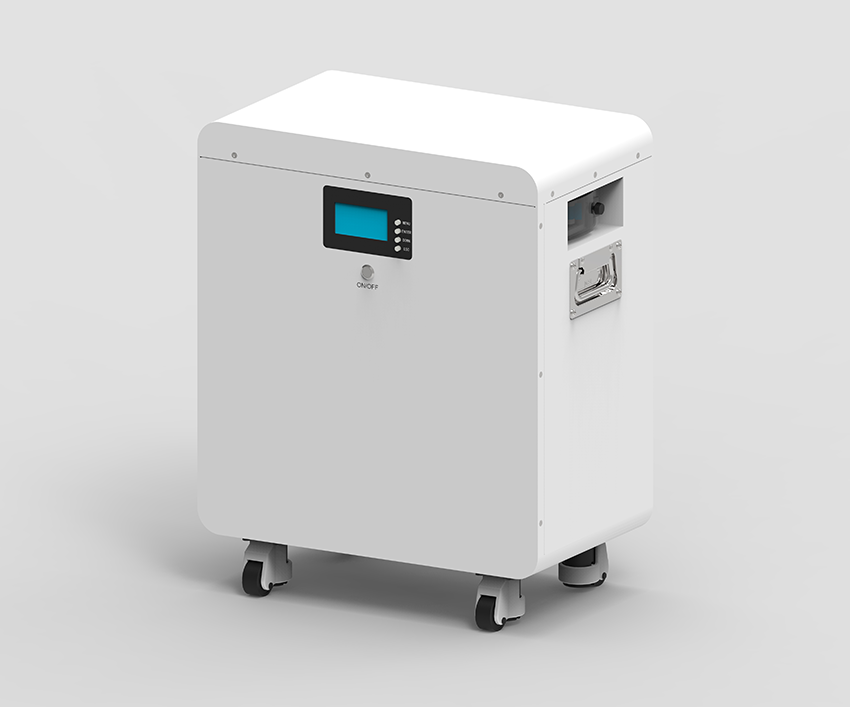
Cost-Saving Tips When Purchasing a Home Lithium Battery Bank
Research Incentives: Apply for tax credits and rebates to lower costs.
Compare Multiple Quotes: Request pricing from different installers for better deals.
Bundle with Solar Installations: Reduces labor and equipment expenses.
Conclusion
Choosing a home lithium battery bank requires balancing cost, performance, and long-term value. By understanding the factors that influence home lithium battery prices, homeowners can confidently invest in systems that meet their energy needs while maximizing savings.
For the best results, consult with energy experts to assess your household’s consumption and identify incentives that can significantly reduce costs.
Blog

Maximizing Energy Independence with Home Lithium Battery Storage

How Residential Photovoltaic Energy Storage Systems Empower Sustainable Homes
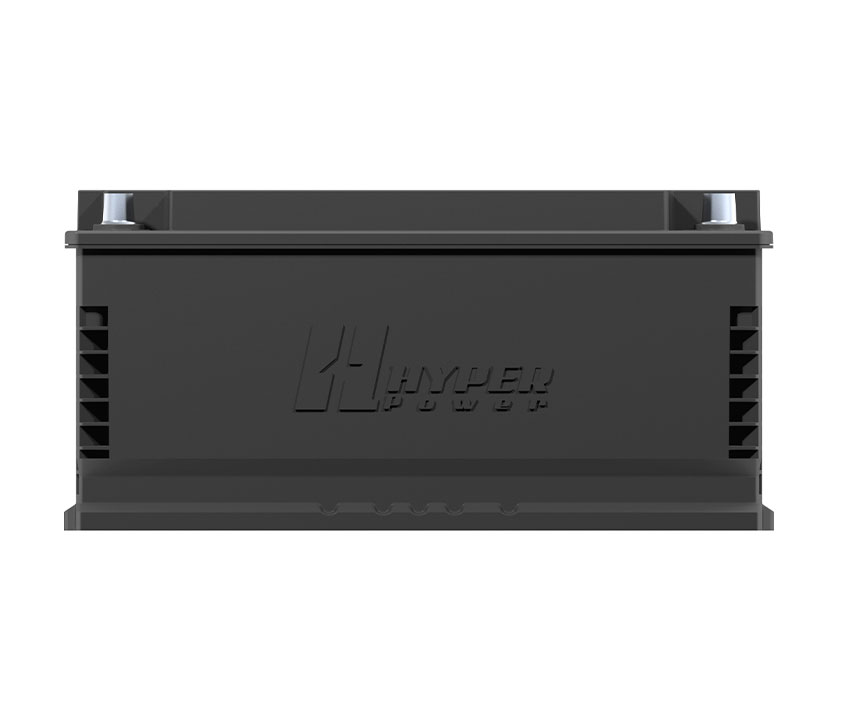
Why the 12V Lithium Ion Car Battery is the Smarter Automotive Power Solution — Insights from JEJE Energy










-Charging.png)
.jpg)











